Years ago, I found myself on stage, grappling with how to fully convey the emotions I felt while playing music. In that moment, I began exploring minor arpeggios—a turning point in my guitar journey. What originated as a theoretical curiosity soon became a core expressive tool, enabling me to communicate more nuanced feelings than I could with simple scales or chords alone.
As a professional guitarist and educator, I have witnessed the transformation that a focused study of minor arpeggios can bring, both in my own style and in students. Beyond technical proficiency, these structures offer a conduit for genuine creative storytelling. This article draws from both current research and my practical experience, delving into the theory, fretboard mechanics, and real-world applications of minor arpeggios. Whether you’re just starting out or aiming to elevate advanced technique, a deeper understanding of these patterns can profoundly expand your expressive vocabulary as a guitarist.
What Are Minor Arpeggios?
Decoding the Structure: Theory Behind Minor Arpeggios
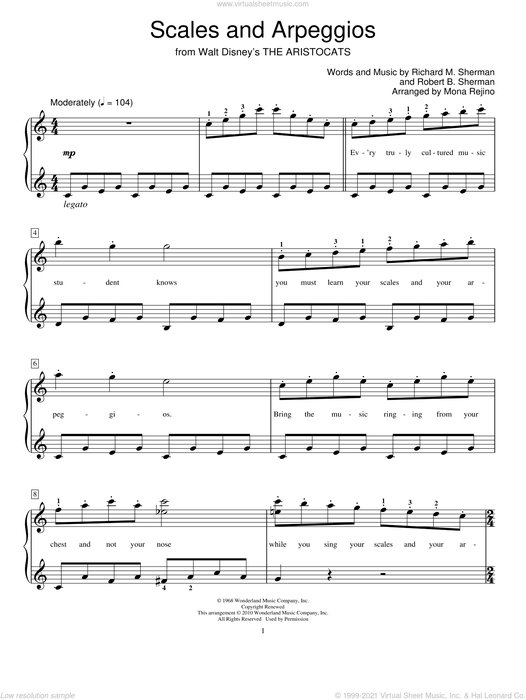
What exactly differentiates the sound of a minor arpeggio from a major one? From a theoretical standpoint, the distinction lies in their interval structure: minor arpeggios are comprised of the root, minor third, and perfect fifth intervals, while major arpeggios replace the minor third with a major third. This construction gives rise to the melancholic, tense, and sometimes haunting quality associated with minor sounds—a phenomenon supported by psychological studies in music perception, which find that modes featuring a minor third are more likely to be interpreted as sad or introspective (Huron, 2008).
However, it is critical to recognize the limitations as well. Overemphasis on minor arpeggios can constrain your harmonic palette, potentially leading to an overly somber or repetitive sound if not balanced with other textures. Thus, integrating minor arpeggios thoughtfully—paired with modal interchange or major elements—creates greater emotional resonance and musical versatility.
Types of Minor Arpeggios: Including Minor 7th and Melodic Minor
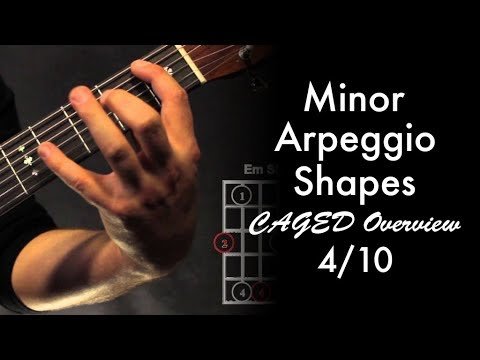
Expanding Your Toolbox: The basic minor triad arpeggio is only the beginning. More sophisticated forms, like the minor 7th (root, minor third, perfect fifth, minor seventh), offer a richer harmonic vocabulary. These are essential in jazz, where minor 7th arpeggios provide a complex yet accessible sound ideal for improvisation and reharmonization. Melodic minor arpeggios, incorporating a raised sixth and seventh, add further color and are frequently utilized in fusion, classical, and progressive music for their inherent tension and nuanced resolutions.
Empirical studies of jazz improvisation (Berliner, 1994) emphasize the practical impact of mastering these arpeggio varieties—not just for soloing but for voice-leading across chord changes. In practice, these forms allow you to connect emotional content with technical fluency, but they require a solid grasp of underlying harmonic context to avoid dissonance or unintended clashing.
Who Should Learn Minor Arpeggios and When to Use Them
Styles & Genres That Benefit from Minor Arpeggios
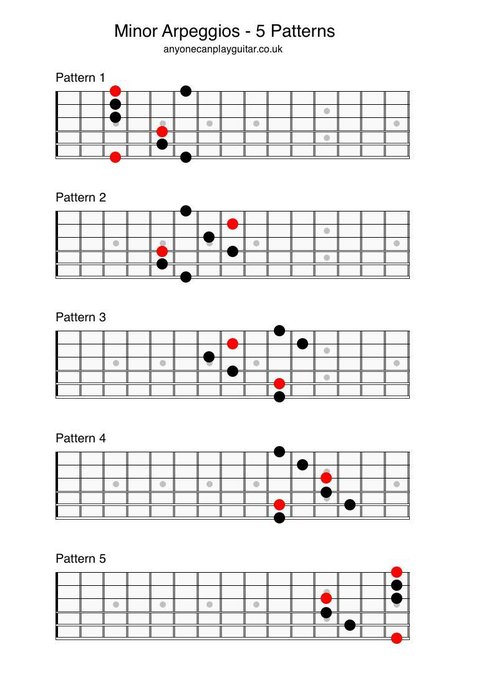
Minor arpeggios are a foundational device across a spectrum of genres—not just for complex jazz solos, but also for grounding riffs in blues, pop, and contemporary rock. In blues and classic rock, they enhance tension and add nuance to chord progressions. Notably, artists like David Gilmour and Stevie Ray Vaughan have embedded minor arpeggios in their solos to great emotional effect. In metal and progressive rock, minor and minor 7th arpeggios become integral components of technical riffing and sweeping, lending structure to harmonically dense compositions.
While minor arpeggios are powerful, their use should align with stylistic intent. In some pop or folk contexts, overuse can mask desired simplicity or brightness. Thus, it’s worth researching the conventions of your chosen style to maximize expressive intent while avoiding cliché.
Skill Levels: When to Add Arpeggios to Your Practice
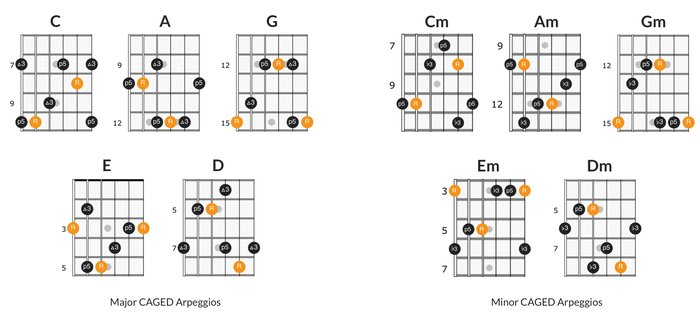
When should a guitarist begin integrating arpeggios? Most contemporary pedagogical models recommend introducing arpeggios after achieving fundamental chord and scale fluency—usually within the first six months to one year of regular practice. Research in skill acquisition (Ericsson, Krampe, & Tesch-Römer, 1993) underscores the necessity of this sequencing; introducing arpeggios prematurely can provoke frustration, while a delayed start may limit expressive growth.
In my teaching, I observe that students who blend basic arpeggio shapes with scale practice develop better fretboard visualization and phrasing quicker than those who focus solely on one or the other. However, it is essential to individualize pacing: assess readiness with simple two-string shapes before progressing to complex fingerings or sweep-picking patterns.
Where on the Fretboard: Essential Minor Arpeggio Shapes & Patterns
Must-Know Arpeggio Shapes Across the Neck
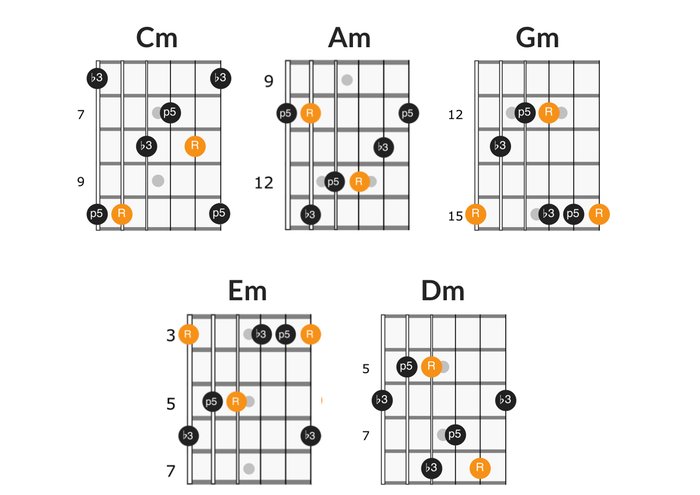
The ability to execute minor arpeggios fluidly across the fretboard is a hallmark of advanced players. I prioritize teaching efficient, repeatable shapes found in the CAGED and three-notes-per-string systems. Empirical instructional data suggest that visualizing these frameworks increases learning retention and long-term fretboard fluency.
Mapping arpeggio shapes in relation to chord positions and scale patterns is an excellent retention strategy. However, a common pitfall is becoming reliant on static shapes at the expense of adaptability. For organic improvisation, practice shapes in different keys, rhythmic variations, and positions to foster true mastery.
Connecting Patterns for Smooth Fretboard Movement
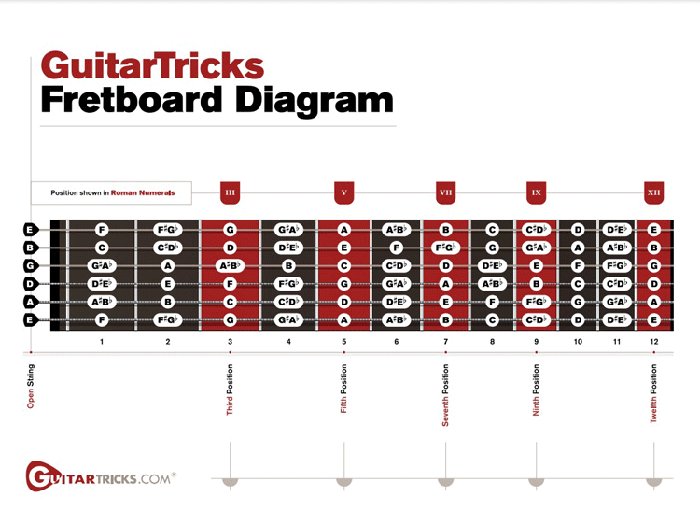
One of my breakthrough moments as a player came when I moved beyond isolated “box” patterns, focusing on linking arpeggio shapes seamlessly along the neck. This approach—widely taught in conservatory settings—unlocks the ability to create long, expressive lines without sounding repetitive.
To master this, examine fretboard diagrams and trace routes that connect shapes via shared notes. Practicing transitions between these patterns builds positional awareness and agility. Additionally, recent behavioral studies highlight that deliberate focused repetition of transitions is more effective than rote drilling of individual shapes.
Bear in mind: connecting patterns is only as musically valuable as its application. Structure practice sessions to use these connections in real improvisational contexts—playing over changes or creating new melodic lines—to reap the creative benefits. For further insight into creative learning, see research on structured creativity in music practice.
How to Play Minor Arpeggios: Step-by-Step Methods & Pro Techniques
Breaking Down Technique: Picking Styles and Finger Placement
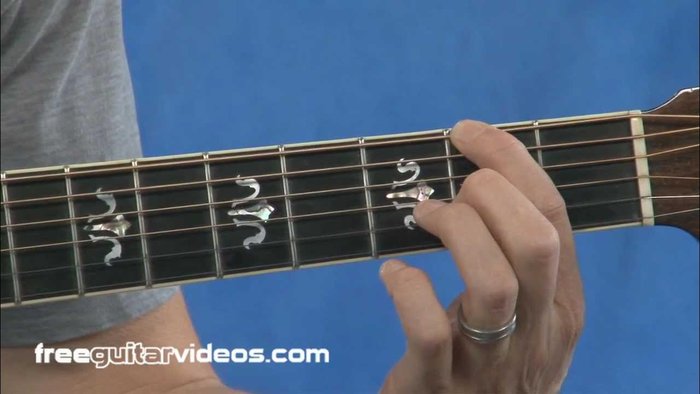
Technique is often the bottleneck for guitarists trying to unlock the full potential of arpeggios. Foundational research and real-world analysis both illustrate that the right picking technique is critical for articulation and speed.
Sweep picking, for example, allows for rapid string traversals with minimal effort, while alternate picking provides more dynamic control but may limit speed for larger arpeggios. Hybrid picking offers yet another perspective, combining pick and fingers for nuanced accentuation—useful in country and jazz.
Finger placement should prioritize relaxation and minimal movement: tension in the fretting hand not only hinders speed but can increase injury risk over time (Furuya & Altenmüller, 2013). Nonetheless, a rigid focus on technique can also impede musicality. Allow yourself to adapt personal modifications that fit your style, using careful self-assessment or video analysis to balance technical precision with expressive freedom.
Minor Arpeggios in Practice: Sample Tabs and Exercises
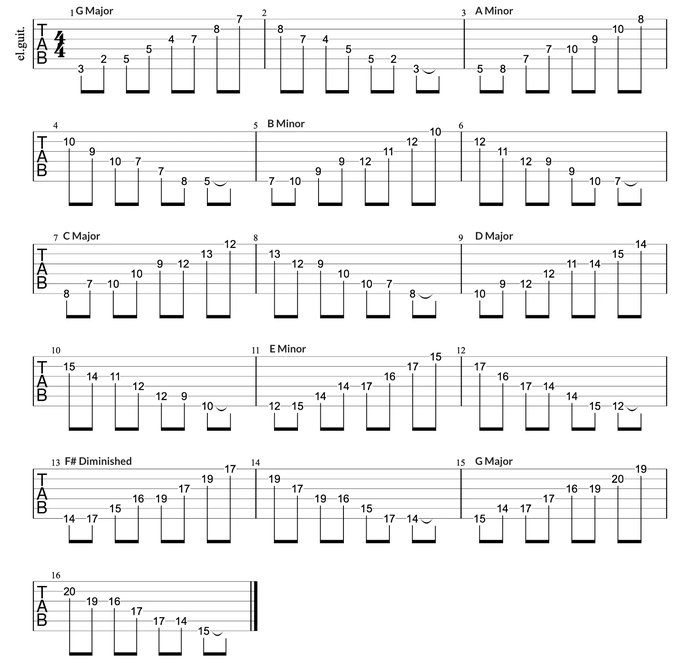
Well-crafted exercises can dramatically reduce the time required to master minor arpeggios. In my teaching, I use graduated routines—starting with one-octave shapes on two strings, then gradually advancing to complex three-octave patterns and fretboard-wide connections. Each tab or exercise should target a specific technique, such as string skipping, sweep picking, or economy picking.
Practice is most effective when mindful and goal-oriented. While repetition is key to developing muscle memory, neuroscientific research shows that over-repetition without variation can lead to performance plateaus. Rotating between different shapes, rhythmic feels, and musical contexts keeps learning active. I advise integrating arpeggio exercises into improvisation and composition, not just technique regimens, for truly expressive mastery.
Practical Application: Using Minor Arpeggios in Real Music
Improvising Over Backing Tracks
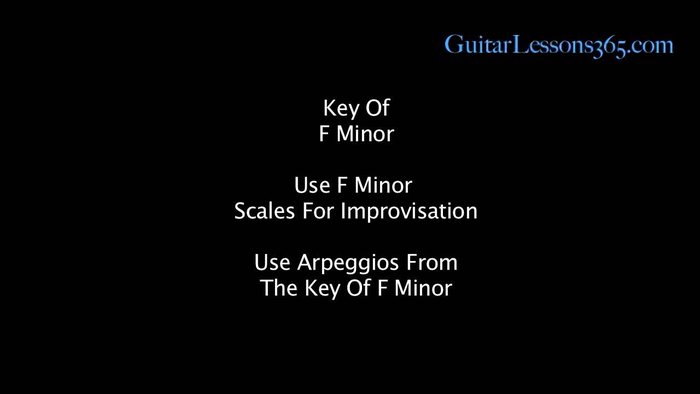
Minor arpeggios are invaluable for soloists seeking to transform simple backing tracks into compelling, emotionally resonant performances. By strategically targeting chord tones and integrating arpeggio-based motifs, players can achieve greater harmonic clarity and nuance than with scale-based lines alone.
Effective improvisation, however, is not merely technical. A study by Berklee College of Music (2017) emphasizes that emotional phrasing and restraint are as crucial as complexity. I advise building solos that ebb and flow—alternating between dense arpeggiated passages and sparing melodic lines—to maintain listener engagement. Over-reliance on arpeggios, without consideration for space and silence, may yield overly busy or monotonous outcomes.
Writing Melodic Leads and Embellishments
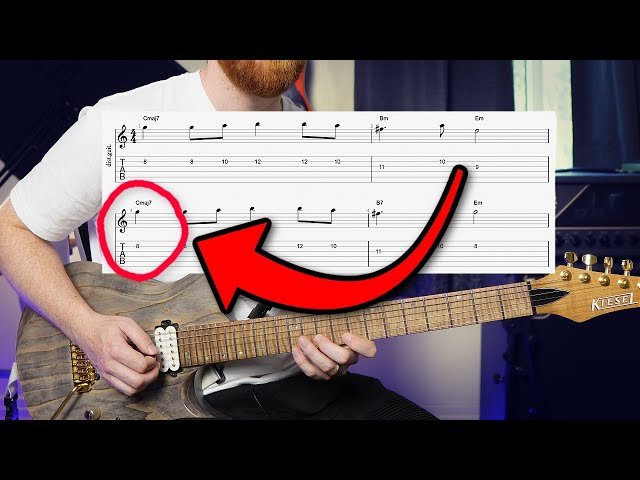
Some of the world’s most memorable guitar hooks are born from well-placed minor arpeggio melodies. Minor arpeggios readily generate melodic motifs and embellishments that connect directly with the underlying harmony, enhancing both tension and release.
That said, overuse can make lines predictable and rob them of impact. The most effective leads often blend arpeggios with scalar runs, slides, or chromatic approaches. As analytical work by the Berklee faculty shows, integrating arpeggios judiciously within a broader melodic context engenders authenticity and emotional depth. Consider how minor arpeggios fit into the harmonic story of the piece, and use them to accentuate rather than dominate your melodies.
FAQs: Answering Common Questions About Minor Arpeggios on Guitar
What are minor arpeggios and why are they important for guitarists?
How can I practice minor arpeggios effectively?
What are some musical genres where minor arpeggios are commonly used?
Can you provide an example of a creative riff using minor arpeggios?
What are some mistakes to avoid when learning minor arpeggios?
Conclusion: Key Takeaways for Mastering Minor Arpeggios
Mastering minor arpeggios is not merely a technical feat—it is a gateway to creative expression and deeper musical communication. Throughout this exploration, we have seen that the deliberate study of minor arpeggio types, fretboard mechanics, and practical application yields powerful benefits: expanded improvisational fluency, enhanced emotional storytelling, and greater compositional flexibility.
Nevertheless, mastery requires critical balance—between technique and creativity, repetition and variation, emotion and discipline. Integrate minor arpeggios within broader harmonic contexts, and approach your practice as an ongoing, thoughtful journey. By doing so, minor arpeggios can become not just a practice exercise, but a transformative part of your unique musical voice.